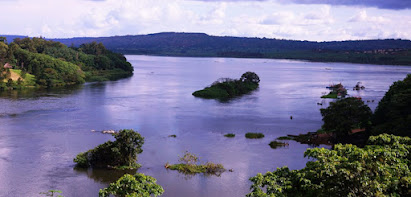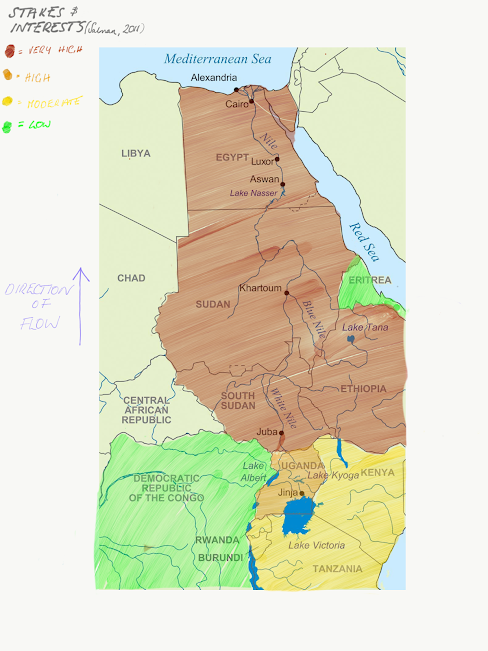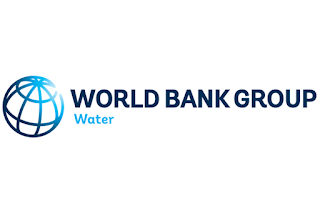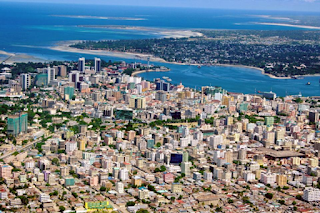Concluding thoughts
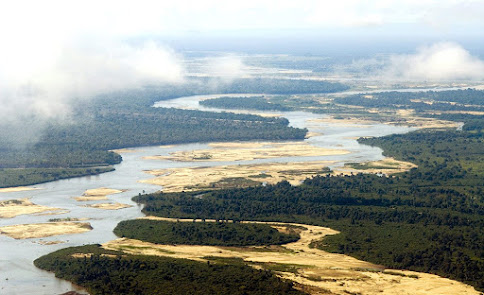
So, our time is coming to an end! Hopefully, the last seven posts have shown that water management in Africa in general, and in Tanzania in particular, is more complicated than stereotypical representations of a ‘hot and dusty’ continent might have you think. Physical scarcity is present, but the barriers to effective water management are, above all else, political and economic. Colonial legacies in hydropolitics continue to complicate matters, benefitting some states and hindering others. Tanzania’s history of segregation sets a complicated scene for its urban water management as class based divisions proliferate, whilst its relationship with other riparian states has in the past challenged its development of the Nile Basin. The ever presence of the World Bank continues to influence management decisions, without any democratic accountability. Rufiji River , one of Tanzanias many natural water resources By looking at the broader political landscape of Tanzania, rather than a more f
